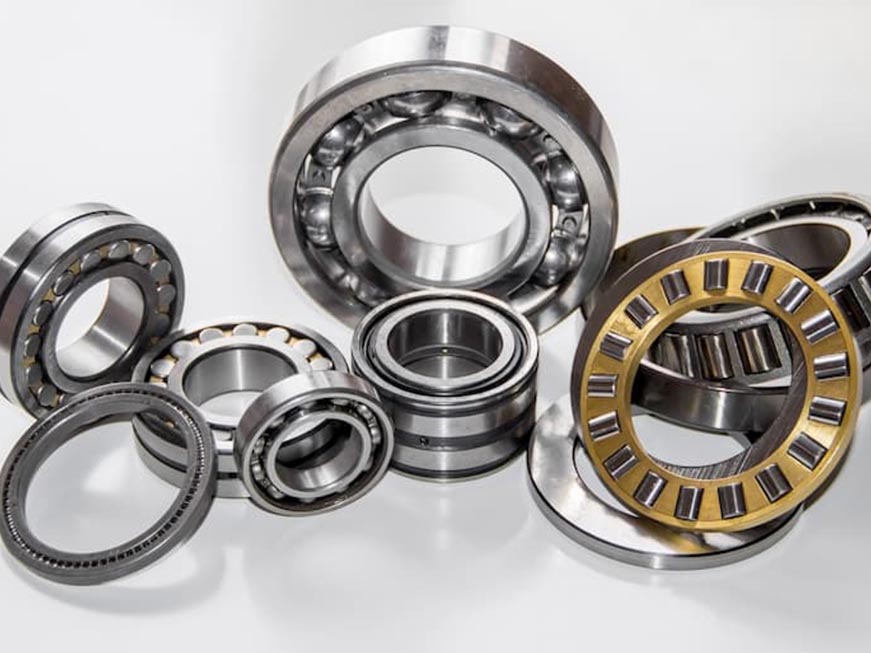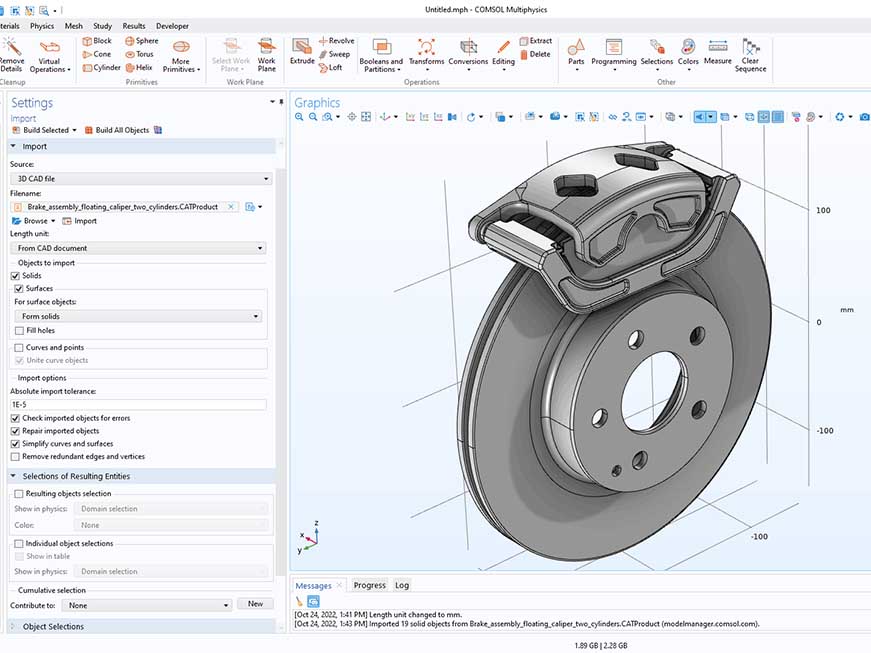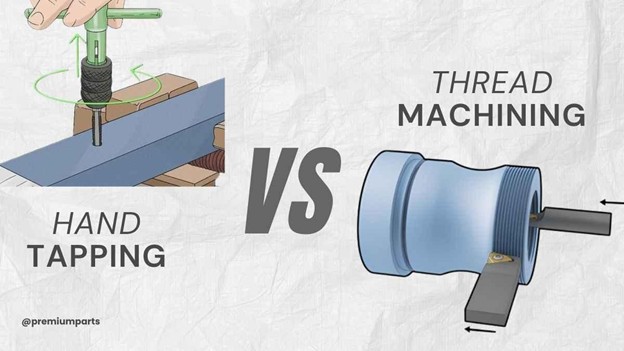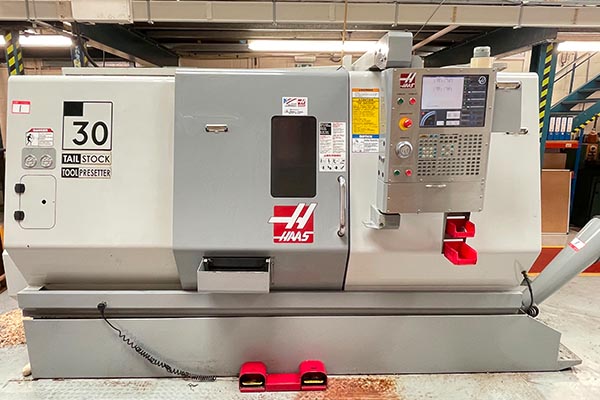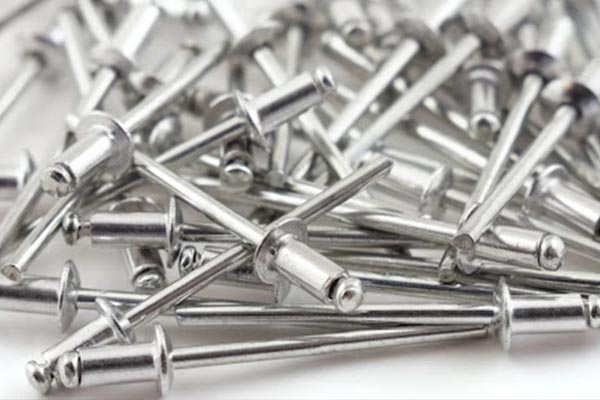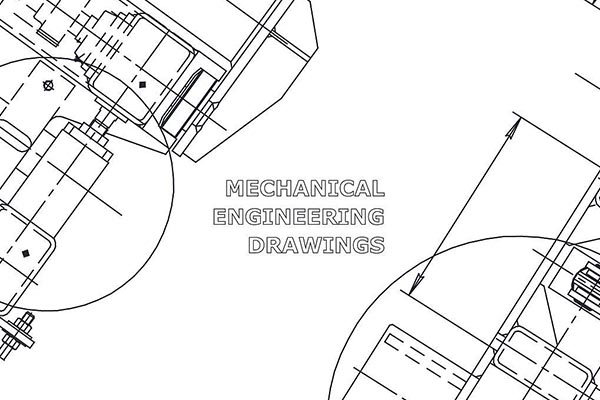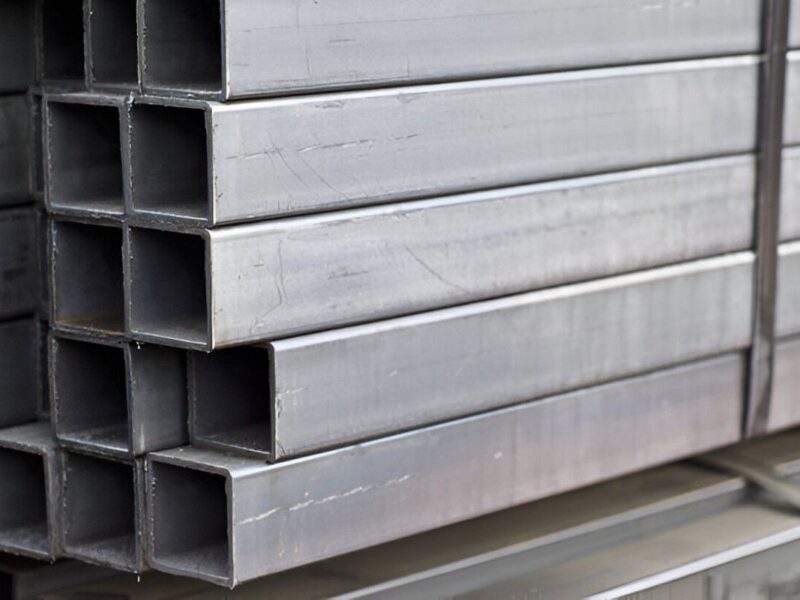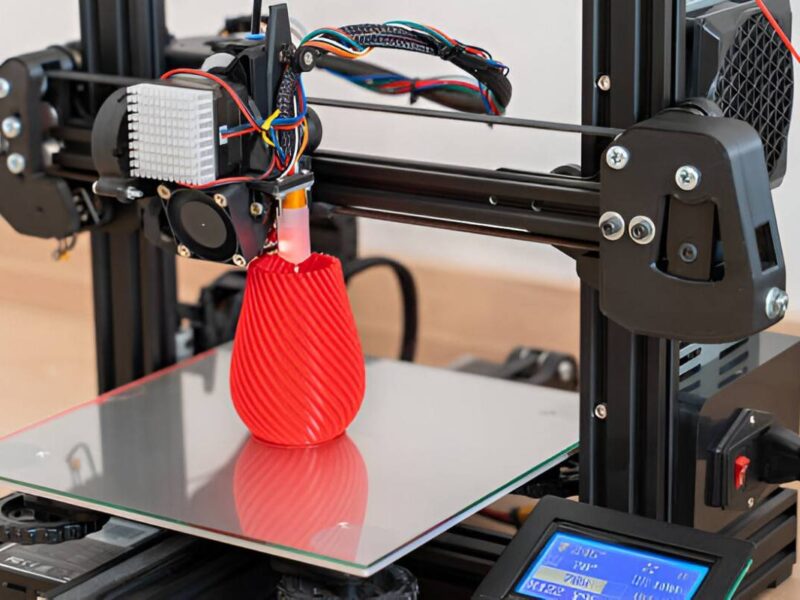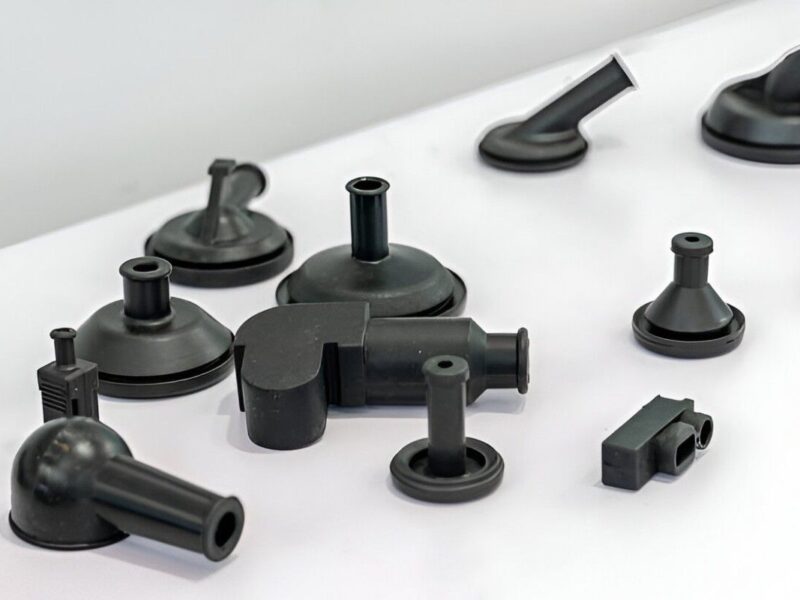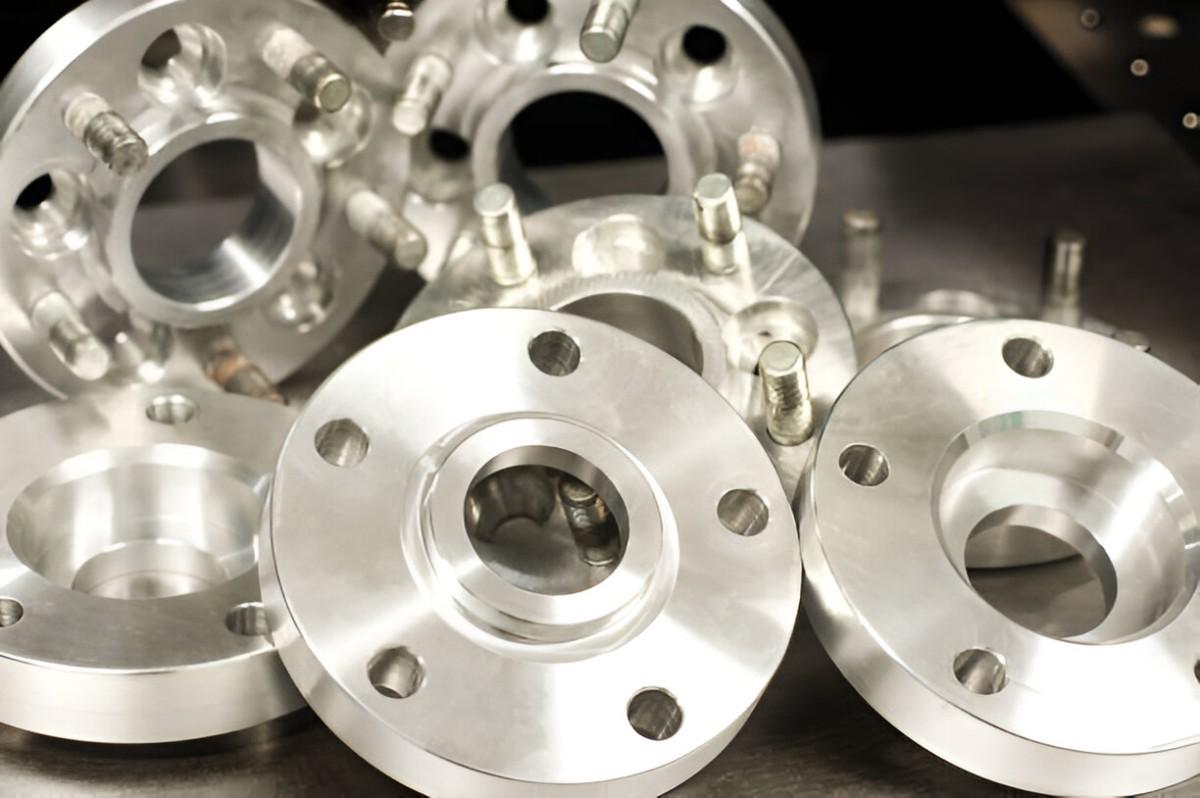 Metal Mold of Wheel Spacers and Bolts
Metal Mold of Wheel Spacers and Bolts
Image Description:
CNC machining is a diverse manufacturing process in the industry today. With the aid of Computer-aided controls, manufacturers can produce high-accuracy end-use parts with complex geometries at affordable and cost-effective rates. Even with all the benefits of using CNC machining, the technique does have some limitations. Use these simple and actionable tips to help reduce the production cost for your next custom part.
Always go with the best materials. There might be instances where multiple materials may be fit for a single project. In cases like this, consider the end application and functionality of the part before concluding on what material to use. Materials that boast of high structural integrity will typically be more taxing to the machine. This will also impact their machining cost. As a general rule of thumb, always select the cheapest material that is easily machineable without compromising quality or functionality.
More often than not, aluminum is used for CNC machining because of its affordability. Other alternatives, including steel, plastic, brass, polycarbonates, and other alloys, have higher structural integrity and therefore require higher machining costs. Titanium is the most expensive to be machined and should only be used when super strength is imperative to your design.
At Premium Parts, we have a variety of materials suitable for a wide array of applications. If you are confused about your best choice of material, reach out to us and get a free quote based on different materials, processes, and quantities.
1. Simplify your Design into Multiple Parts
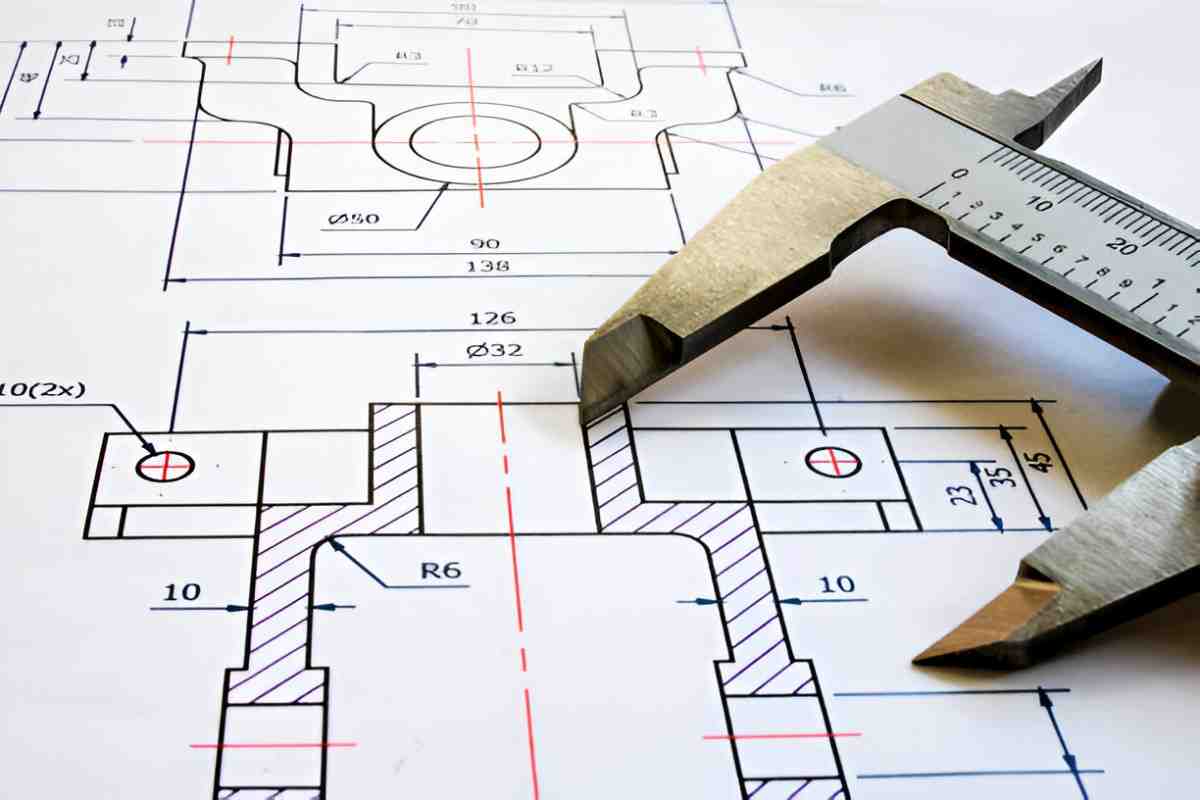 Technical Drawing
Technical Drawing
Image Description: The image shows an engineering Drawing layout.
The CNC machining process is a subtractive manufacturing process. This is different from additive technologies like 3D printing in that the final product is formed by removing materials from an initial workpiece. The more materials to be removed, the higher your machining cost. What this means is that projects with more complex geometries, thinner walls, and deep pockets will naturally be more expensive to produce. Rather than try to make a single complex part, consider making multiple simple units that can be put together like interlocking parts.
You may also reduce the cost of your CNC machining parts by removing features such as embossed texts, extra-thin walls, beveled edges, and undercuts, which require higher machining skill, time, and effort, all of which impact your final cost per part.
2. Do away with Vertical Edges and Sharp Corners
CNC machines, by default, machine a lot of parts with cylindrical-shaped tools. Because of this, every groove, hole, and channel cut by the machine often carries this rounded geometry. Designing parts with sharp corners is, therefore, very difficult when using CNC machining techniques. Although not impossible, manufacturing parts with sharp corners and vertical edges on CNC machines will require significantly more effort. If possible, eliminate sharp vertical edges and corners. You may also reduce the cost of your CNC parts by widening the radius of each corner as much as possible to allow bigger tools to remove the material more efficiently and consequently reduce the production time.
3. Optimize your Design for full Automation
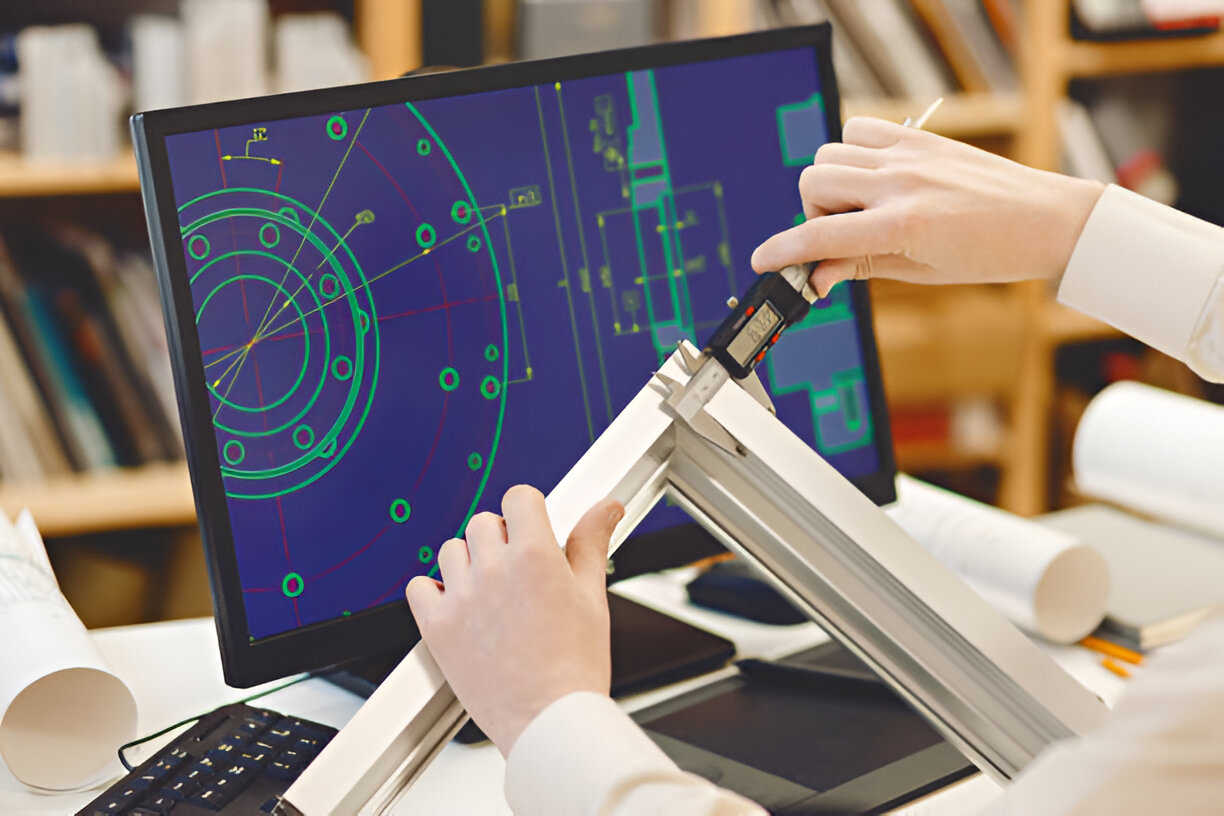
CNC CAD Model
Image Description: A professional evaluating a CAD model and measuring dimensions using a vernier caliper.
Try to make your design as machineable as possible and cut unnecessary complexities to reduce both time and effort. Create designs that can be machined in one fully automated process over those that may require manual inputs at different stages. Try to run designs that only have one or two orientations to reduce the need for manual re-orientation, as manual interference will naturally increase the manufacturing costs. You can upload your CAD/CAM models and request a free quote to have one of our experts evaluate your design and respond with possible material and design suggestions for optimal production.
4. Scale up Your Volume
Even at Premium Parts, where multiple solutions for low to mid-range volume manufacturing are available, customers will be able to achieve an even lower cost per part by increasing their production volume. This is because some fixed costs exist during machining that will be better absorbed over a larger number of finished products. Whenever possible, try to scale up your volume to enjoy significant cost savings and lower the production price per unit.


